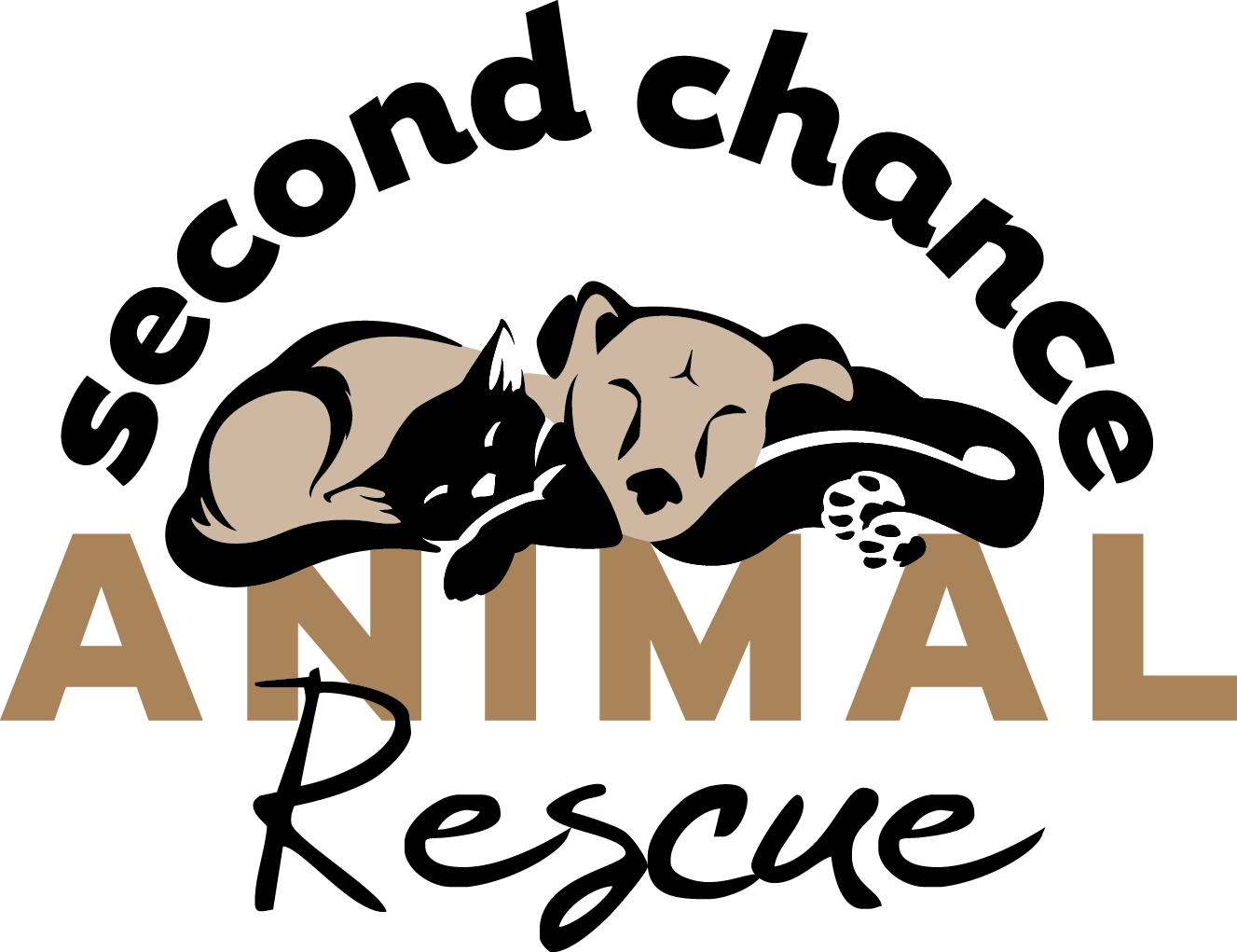Rocco's Journey
One day, a past SCAR volunteer who had moved to another state came upon a baby raccoon. It was laying in the mud, cold and crying on a cold and rainy Sunday afternoon in April. He was only a few days old, eyes closed, hungry and left behind by his mother. Since she had rescued kittens and cats when she was in New York she knew from working with SCAR needed to get in touch with a wildlife rescuer.So immediately Ana wrapped the baby raccoon in a blanket, brought him indoors and called a wildlife rescuer. The wildlife rescuer talked her through the first steps to insure his best chance of survival; how to keep him warm, what to feed him and the proper way to handle him safely for both the animal and the volunteer. She named this poor little guy Rocco the Raccoon.
The following day Ana met with the wildlife rescuer, and devised a plan to help little Rocco until he would be old enough to be rehabilitated back into the wild to lead a normal raccoon life.
The weeks that followed were filled with wonder and discovery, not only for the growing little Rocco, but also for Ana as she learned from Rocco. He was a wonderful but his species is often misunderstood. Firstly she learned that raccoons are very clean animals. She noticed that raccoons have fingers and hands, much like human hands. With these tiny hands, Rocco began to use water to wash his grapes before he ate them, wash his feet and fingers after each meal. His hands and feet were used to open everything he found from the cereal box to the cabinet doors!
Then Ana realized how intelligent raccoons are. Under the guidance of the wildlife rescuer, Rocco was easily trained to use a litter box just like a cat! He quickly realized that his human fosters slept in a different room and in a different type of bed than his. So one day he learned to open the bathroom door, found his way to the bedroom, climbed onto the bed and hid between the pillows. Imagine Ana’s shock when she got home and found him there!
Delightfully the most important thing Ana discovered was that raccoons are extremely friendly and lovable animals, and not those evil, rabid demons she had always heard they could be! The wildlife rescuer explained to her that raccoons are very smart scavengers and that they go wherever they find food. Therefore, if they find food in garbage pails at night, then they open your garbage cans and scavenge in them for their food. Although unusual, if they find food, for example, in a dumpster behind a restaurant during the day, they will come out to feed during the day. Therefore, if you see a raccoon during the day, unless he's acting strange, chances are the raccoon is NOT rabid but simply following his food source.
It was October and Rocco now a young adult had finally become a strong enough to be taught to return to the wild. He was given into the competent hands of the wildlife rescuer that began the process of rehabilitation back into his natural habitat. By early December, Rocco was completely independent and had already befriended a female raccoon!
Be involved....make a difference.....feel fulfilled.
SPECIAL NOTE:
In the State of New York, wildlife can only be rehabilitated by persons that are properly trained and certified to do so. We thank these volunteers for making themselves available for the good of all wildlife. They are an invaluable aid to all those animals that live among us but are not classified as household pets. Their respect for all the animals that surround us, particularly the wildlife, makes them our heroes!
On Long Island raccoons are under a rabies band and you are not permitted to interfere or rescue. Any wildlife should be brought to your nearest local wildlife rescuer.
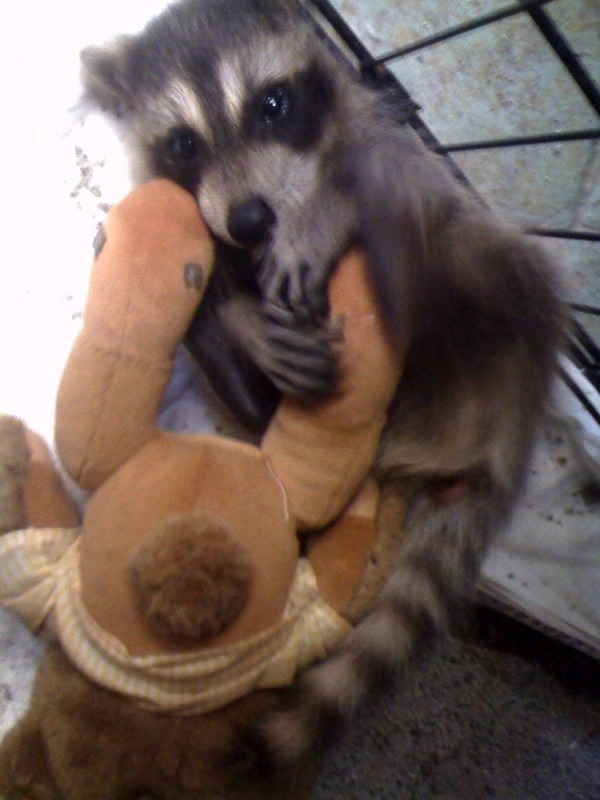
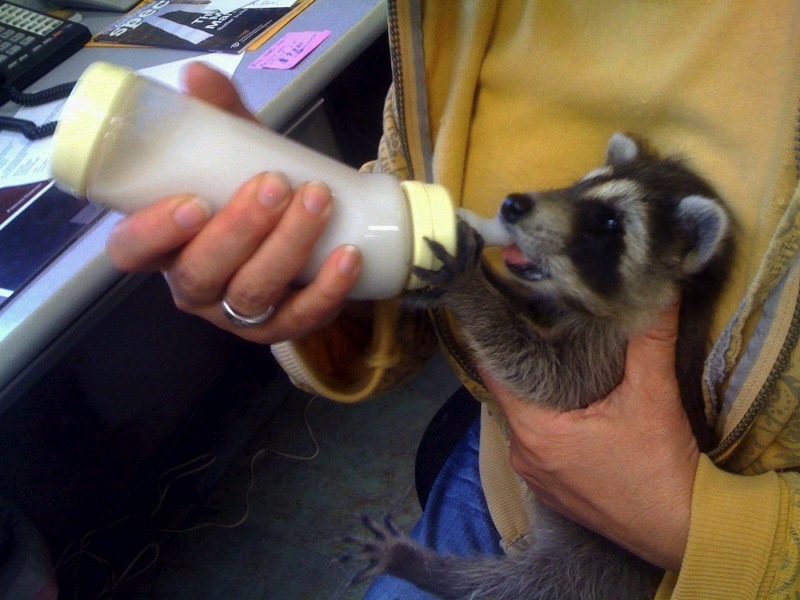
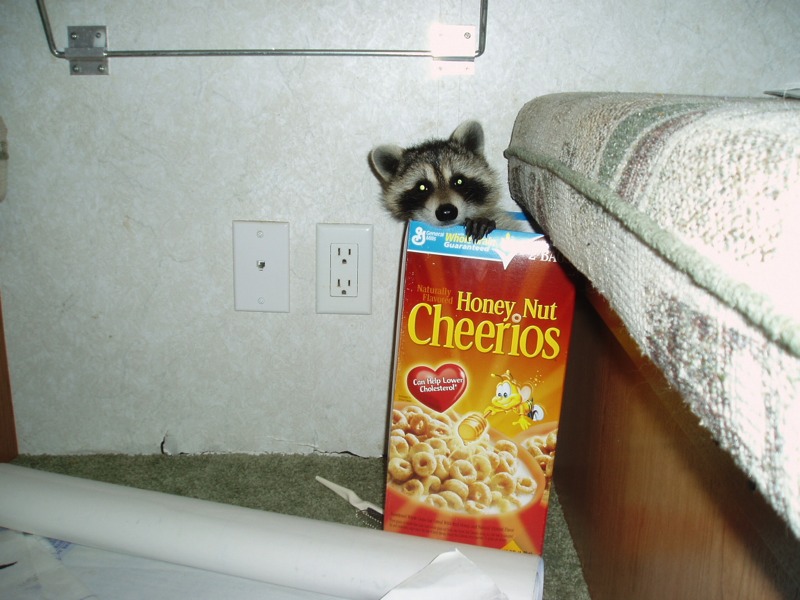
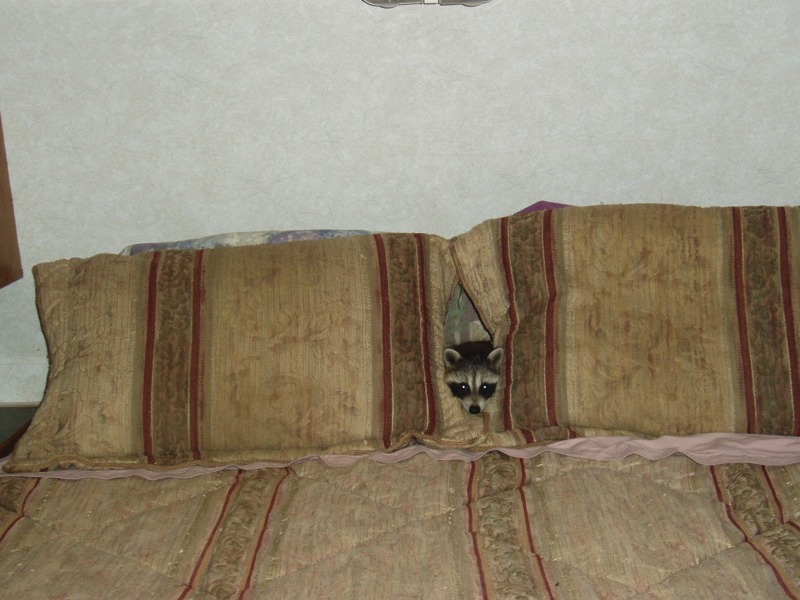
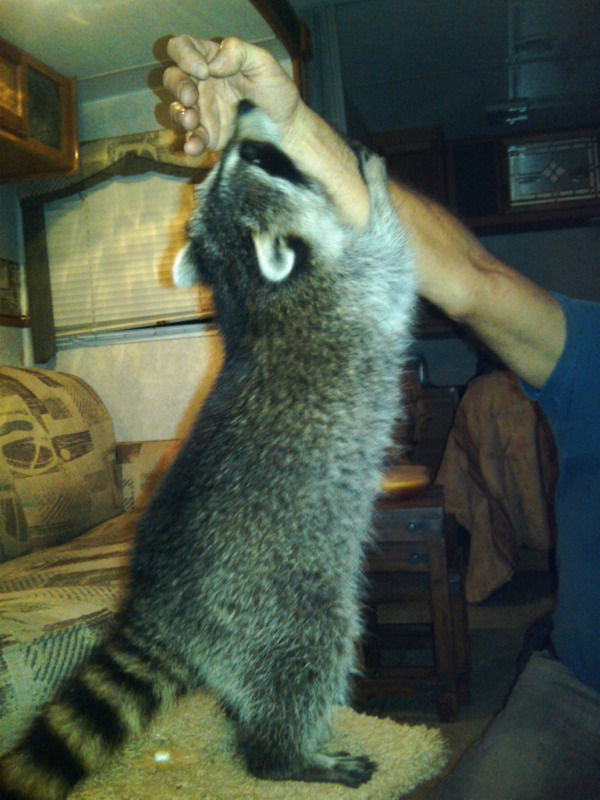
P.O. Box 91, Copiague, NY 11726
Nassau 516.448.5096 - Suffolk 631.836.1836
FAX 631.789.4243
www.scarny.org
